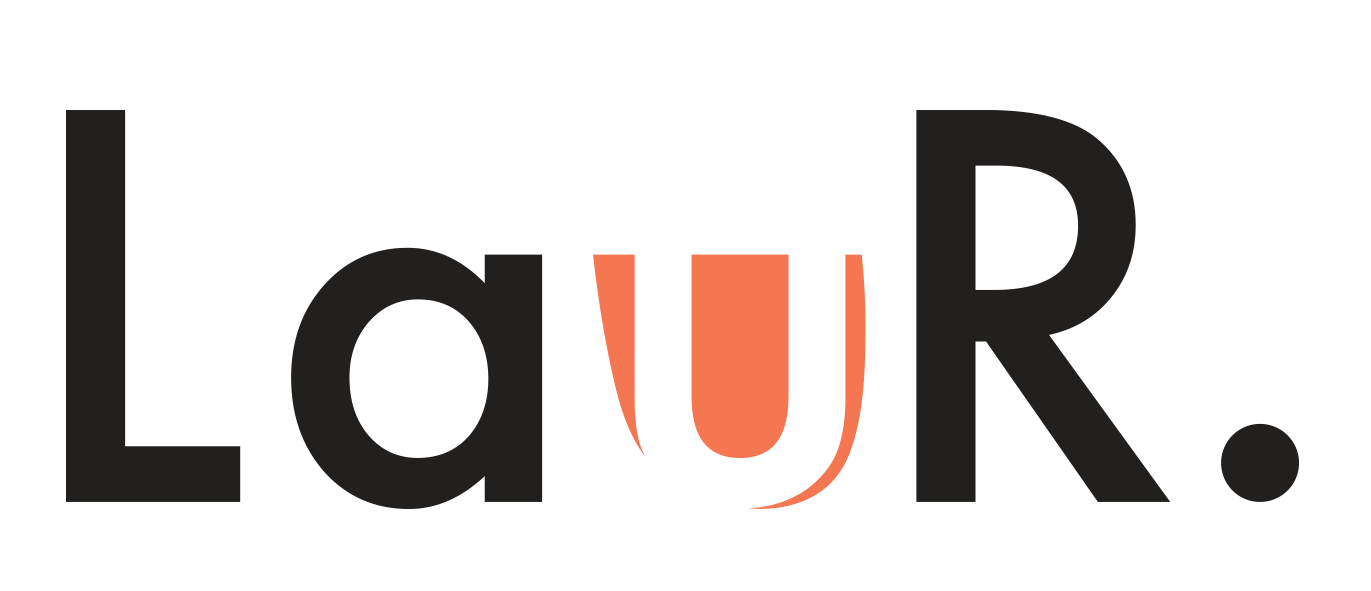Giving a Voice to Women in Neuroscience
Designing a Responsive Website for Women in Neuroscience
My Role:
Analyzed client business goals and managed client expectations
Led user research to unpack pain points
Presented findings to increase empathy for users while laying out interactive designs
Provided UI design and fresh branding that aligned with client brand and user needs
Background
The neuroscience field bears one of the largest gender gaps in scientific disciplines. Female neuroscientists are less likely to have their papers published and are less likely to be chosen for conference participation. They also earn an average of $30,000 less than their male counterparts in any given year.
Silencing female academia correlates with gender bias in medicine, so the need for equality is dire.
Women in Neuroscience (WiN) is an organization driven to increase awareness for the need of gender diversity in science and research. The PhD student-startup aspires to spread awareness and provide resources and mentorship to underrepresented folks in the field so that one day everyone will benefit from neuroscience.
The Problem
As a woman or non-binary folk, navigating a career path in a biased industry requires some guidance, making mentorship one of the most valuable resources that WiN provides. However, there is no way to sign up for mentorship with WiN, as their only online presence is their Twitter page.
Assumptions
Mentor/mentee pairs are chosen at random, creating an incompatible relationship
Folks must be fully invested in career advancement to justify the time commitment necessary for mentorship
How might we increase sign ups for membership and mentorship?
The Research
I wanted to dig into the value of mentorship. Just how important is it when it comes to career development?
(source: Sun Microsystems, 2015 study)
Interviews
Interviews were held with 6 people, 3 mentors and 3 mentees, to gain insight into their experience and thoughts on mentorship. I wanted to find out what made these mentors tick and what these mentees actually thought of their mentors.
Based on these interviews, it was clear many mentorship programs connect mentors and mentees but fail to provide any further resources. This results in an ingenuine relationship in which meetings feel forced and participation in the organization they represent decreases.
Target User
It was then clear who the Women in Neuroscience website is being built for. The neophyte, the one who needs a hand to hold, and the more experienced, empathetic veteran. Our target users are college through post-grad students (female, transgender, or non-binary folks) ages 21-45 who are looking for a community and network of support to learn from or give back to as they navigate their journey in neuroscience.
The Mentee Persona
The Mentor Persona
User Journey
Mapping the user journey helped delineate both Carmen and Francesca’s interaction with Women in Neuroscience. We were able to clearly see what would make users happy, and ensure an important part of the experience wouldn’t slip through the cracks.
Ideation
Site Flow
From here, it was simple to see how the site should flow, and understand which pages would need to be designed in order to create a user experience that would make sense to users, while meeting the business objectives of WiN.
Sketches
With limited time and resources, these pages were deemed most appropriate to keep it simple and create the MVP: homepage, about page, mentorship page, membership page
Wireframes
Sketches were then transformed into mid-fidelity wireframes to paint a greater picture how the website will be designed. Wireframes were shown to Women in Neuroscience members.
Branding
Logo
Women in Neuroscience needed a fresh logo to help their brand come to life. I used the brand’s existing pink color as a starting point for the following concepts.
In trying to achieve something sophisticated, yet fun, we landed on integrating the brain design into their name. The brain is easily recognizable in the world of neuroscience and has been reworked into shades of pink that fit into the brand’s existing color scheme. Combined with the elegant typography, the logo is modern, yet soft to convey brand goals including support and inclusivity.
UI Design
Women in Neuroscience do not currently have a library of photos of team outings, conference meetings, or events (especially since everything has been virtually held over the last year and half). Stock photos felt stuffy and generic. This made it challenging to convey the personality and genuineness of the organization.
It felt more fitting to then use illustrations that users could see themselves in. The illustrations of women were character-driven and felt whimsical, warm, and inspiring to engage users as they navigate throughout the site.
UI Kit
From there, the rest of the UI was born. Although their brand color is pink, the other colors were chosen for their fresh, bold traits that lend themselves to a wider audience. This avoids trapping the brand into any gender troupes and confining us to think in only pink.
Final Deliverable - Desktop




Final Deliverable - Mobile




Prototype - Applying for Mentorship
Challenges
After learning Women in Neuroscience needed a website, it took careful consideration to determine what their user’s problem would actually be. In addition, as the organization has no group photos or live events at the moment, it was challenging to capture the personality of the organization through UI. As mentioned, illustrations served us better than stock photos.
Next Steps
Gather user feedback to determine iterations
Put together UI for future pages, ie mentorship resources
Connect with developer for handoff and implementation
Fin.









